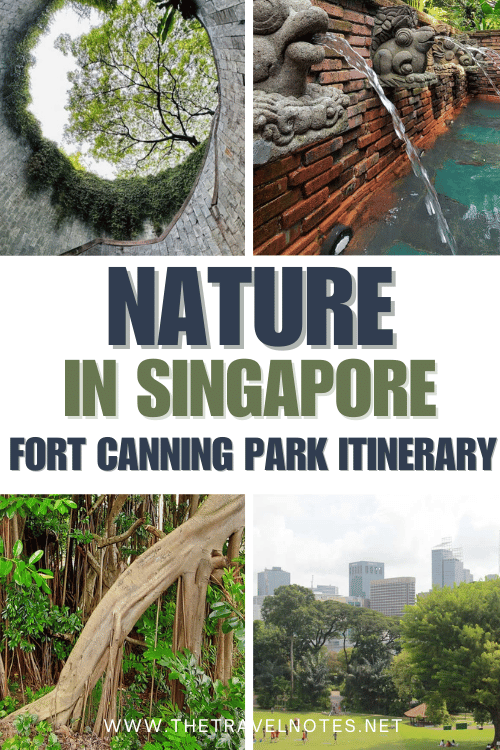This post shows you: Fort Canning Walk & Hike Guide – Trails, History & Nature in Singapore
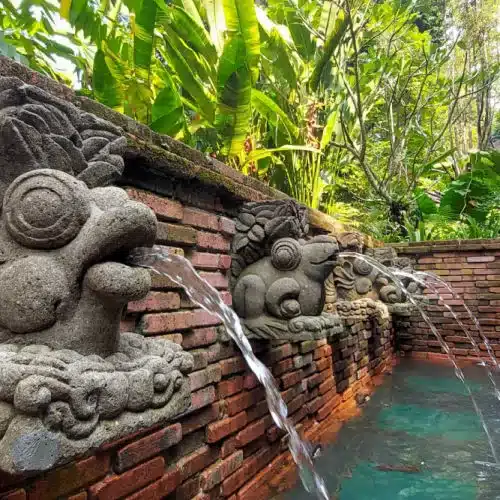
Fort Canning Park is a historic hilltop park near Clarke Quay and the Singapore River in central Singapore.
Known for its lush greenery, colonial landmarks, and scenic walking trails, it’s a must-visit for history buffs and nature lovers.
In this guide, discover how to explore Fort Canning Park’s tree tunnel, heritage spots, gardens, and panoramic viewpoints—plus how to get there, what to see, and what not to miss.
Fort Canning Walk & Hike Guide – Trails, History & Nature in Singapore
How to get to Fort Canning Park
Download our Fort Canning trail map here.
This guide follows a self-guided walking route starting at Dhoby Ghaut MRT (Exit B).
The 15 stops below are listed in the best order to explore Fort Canning Park efficiently. They cover historical landmarks, gardens, and quiet resting spots. We start at Fort Canning Tunnel.
Complete Guide to Hike Fort Canning Park
Featured route:
Fort Canning Park Singapore – A Historic & Nature-Filled Walk in the City →
Distance: 4 km
Duration: Approximately 1 hour
Difficulty: Easy
Tips for visiting Fort Canning Park
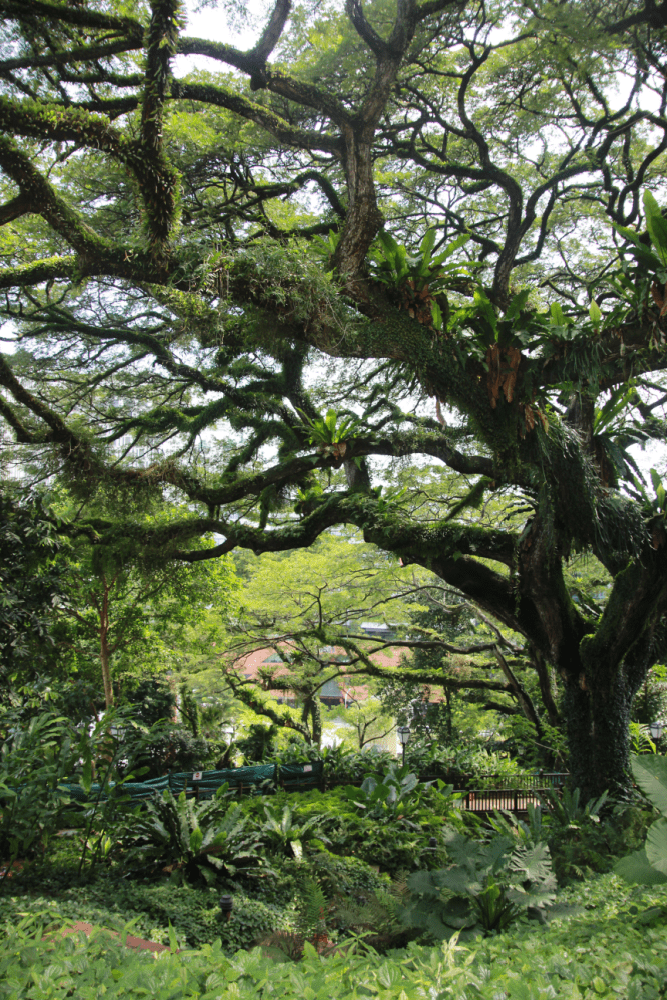
Bring a bottle of water, as there are few places to buy it. Also, bring a cap or hat to shield yourself from the sun since areas along the route lack shade.
Bring repellent, as there may be mosquitoes. Take a look at the other hiking routes in Singapore.
How to Get There & Practical Info
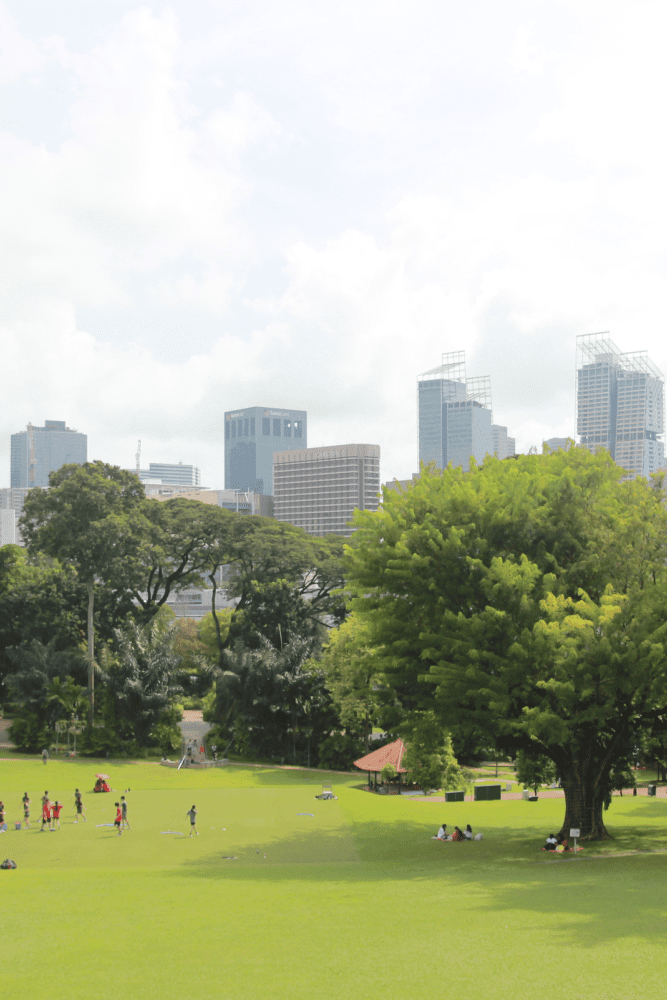
The Total, approximately, kilometers in this walking itinerary, is 4.3km
In Dhoby Ghaut MRT station. Exit through B, traverse the green space, and pass the sheltered bus stop to cross Penang Road.
Turn left, and be vigilant for the tunnel entrance that guides you to Fort Canning Park. That is our first stop, the Fort Canning Tree Tunnel.
About the history of Fort Canning Park
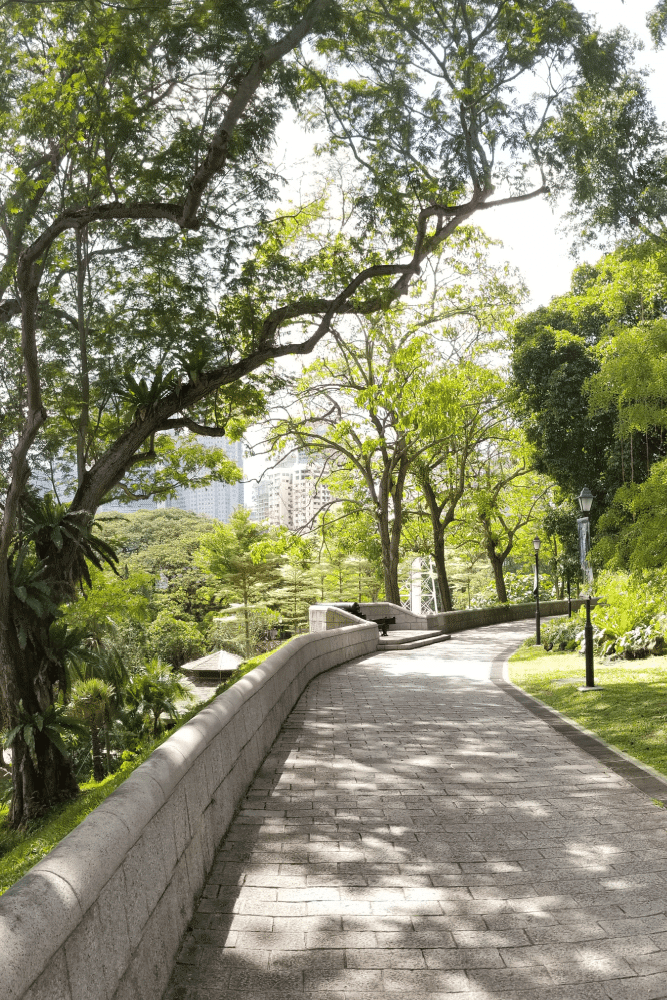
Fort Canning has a fascinating history. Originally a sacred place for Malay rulers, it became a critical defense Fort built by the British in the 19th century.
Over time, it transformed into the Fort Canning Park we see today—a mix of nature and history.
It’s a green space with layers of stories from ancient times to Singapore’s colonial past.
Complete Fort Canning Park Sightseeing Guide
Follow this self-guided walking route through Fort Canning Park. This itinerary includes the top 15 attractions — listed in walking order — from tree tunnels and historical landmarks to tranquil gardens and cafés.
1. Fort Canning Tree Tunnel
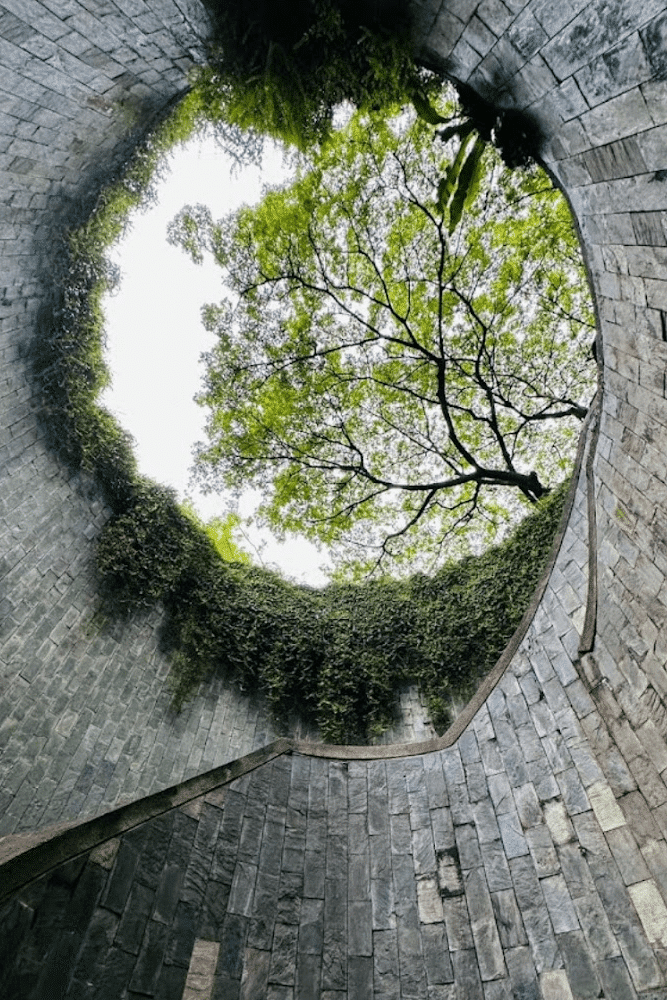
The Fort Canning Tree Tunnel aimed to establish a secure and convenient pedestrian connection between Dhoby Ghaut and Fort Canning Park.
It has become a popular spot for those seeking a unique photograph backdrop. During the weekends, there are even queues to snap a picture!
2. Sally Port
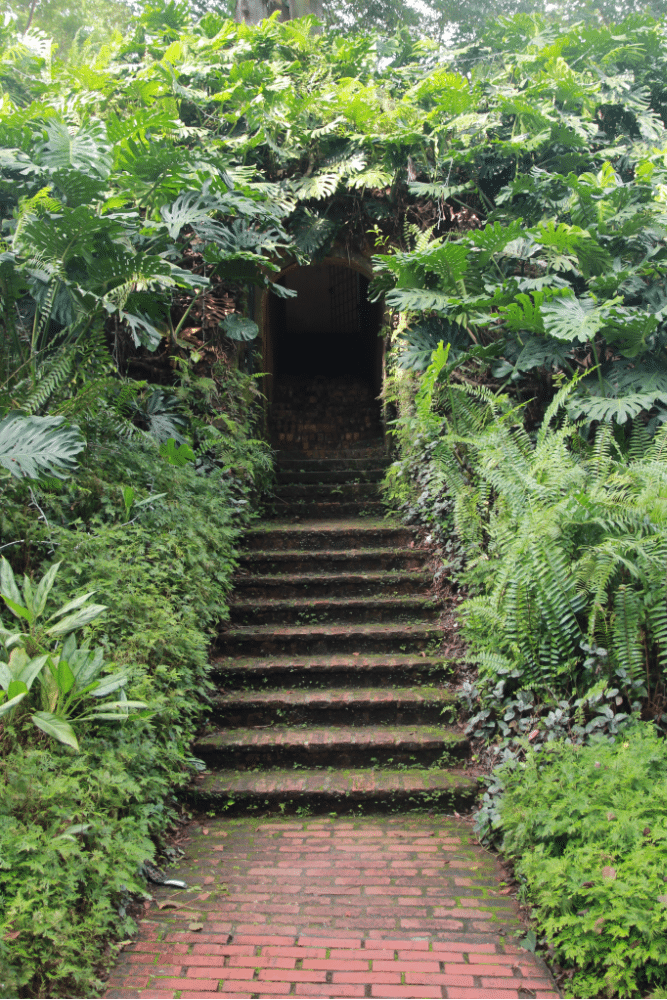
There were three Sally Ports in Fort Canning, though only one remains today. This historic feature was a discreet door that allowed secretive entry and exit from the fort.
The remaining Sally Port offers a glimpse into the past, showcasing the fort’s strategic design. Exploring it provides insight into the military tactics and historical significance of Fort Canning.
3. The Battle Box
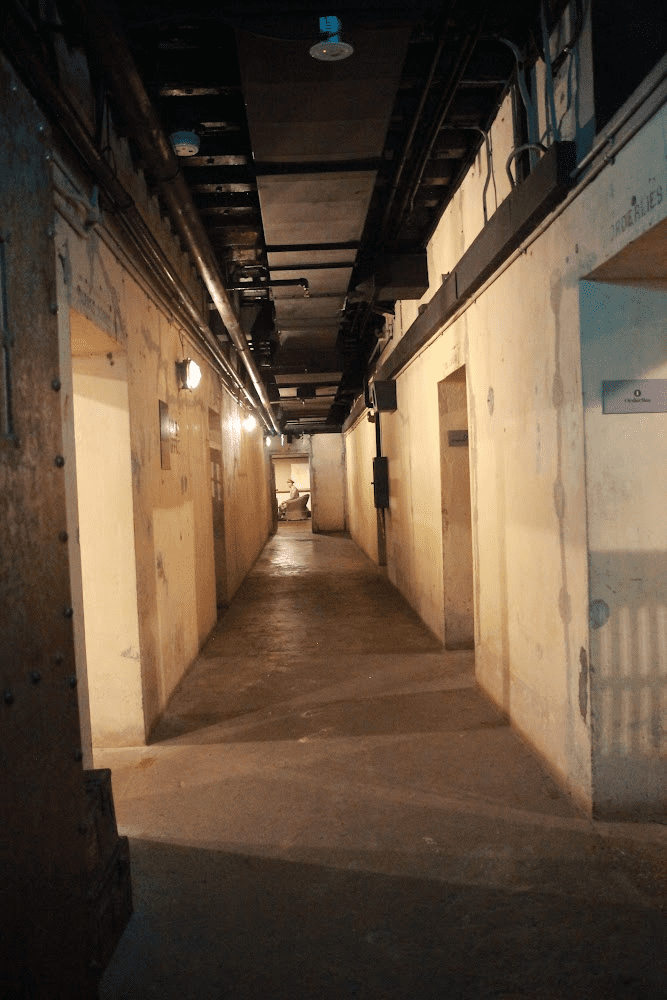
In the Battle Box, you can delve into the history and strategic decisions made during the critical phase of the Japanese invasion of Singapore in February 1942.
This underground command center at Fort Canning provides a comprehensive insight into the military operations and events that led to General Percival’s surrender.
4. Hotel Fort Canning
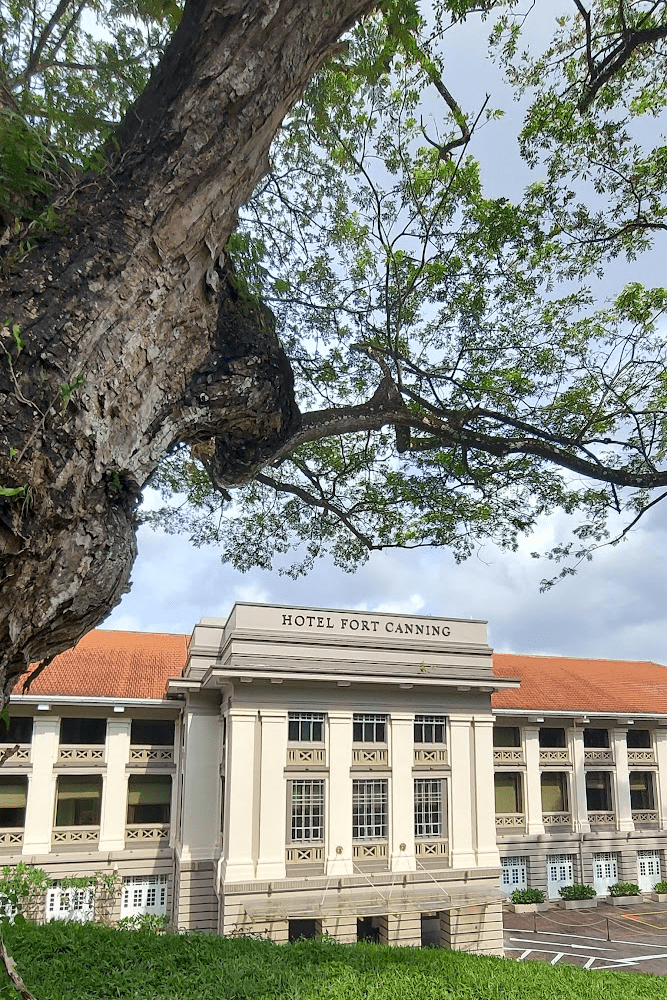
In 1926, the Hotel Fort Canning building was originally the British Far East Command HQ. It served various military roles, including Japanese occupation during WWII.
Restored and transformed, it became Hotel Fort Canning Singapore in 2010 and is now open to the public.
5. The Fort Gate
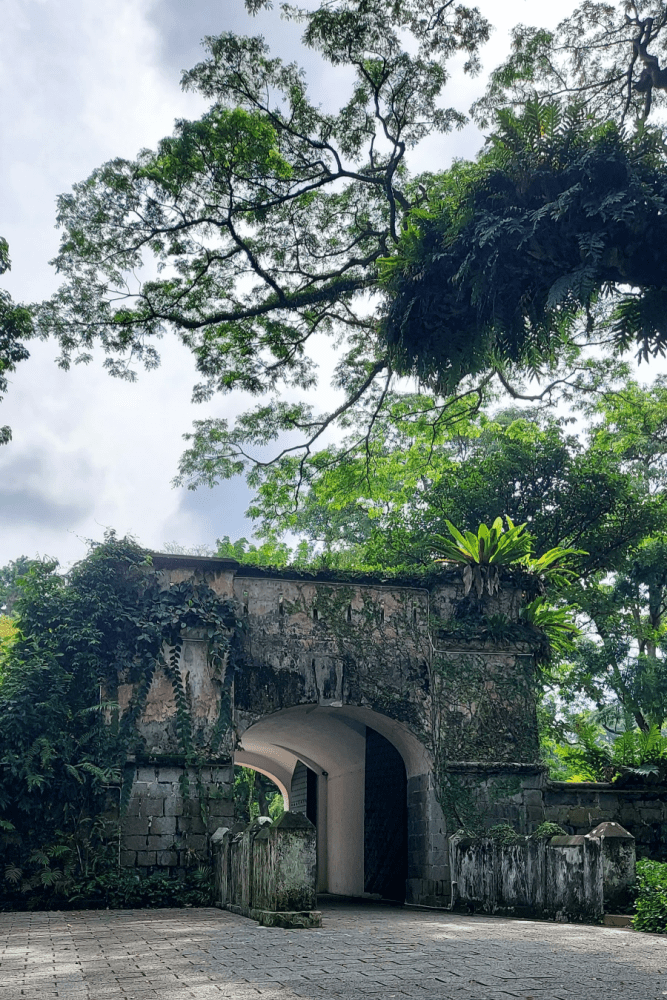
The Fort gate was one of the entrances within the fortress complex. Fort Canning Fortress had multiple gates, walls, and structures serving various purposes related to military defense.
The fort safeguarded Singapore from maritime attacks and offered a secure retreat for the European population in case of local disturbances.
6. The Fort Canning Centre
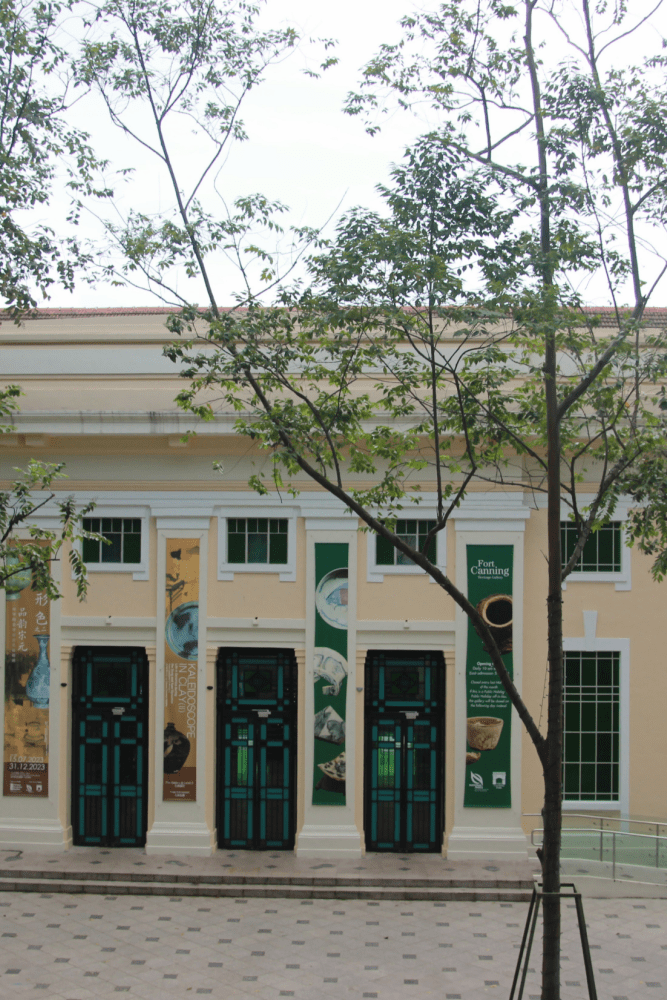
Fort Canning Centre, initially constructed in 1926, primarily served as the British Army’s military headquarters during British rule.
Nowadays, the museum showcases exhibits celebrating the rich history of the Fort Canning area.
Fort Canning Centre is also a great place to admire the beautiful architecture and enjoy great views of the Park. (Free entrance).
7. Le Jardin Restaurant
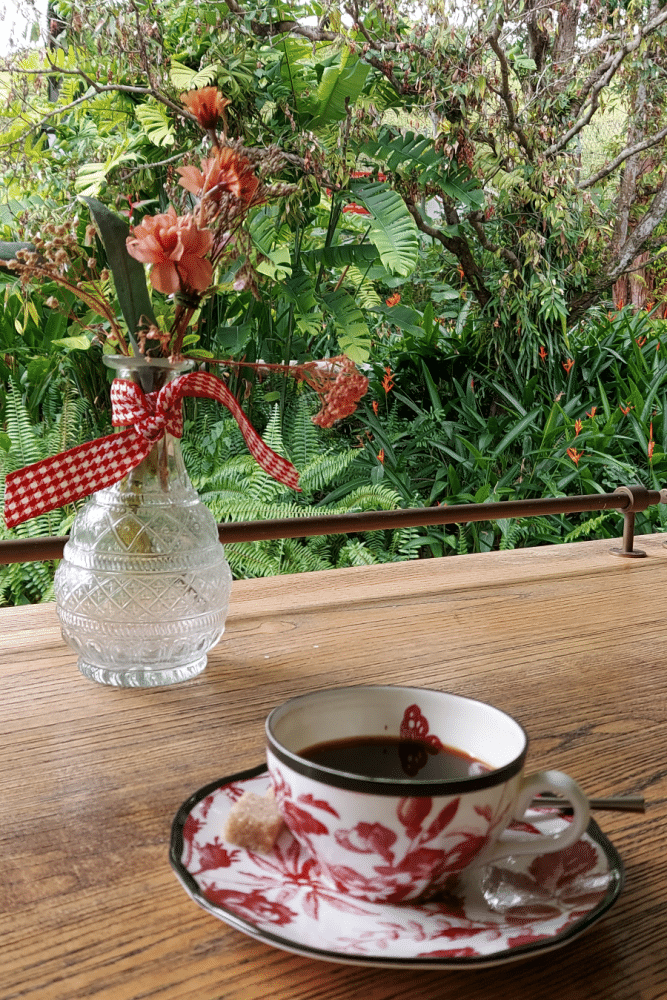
Le Jardin is an ideal spot to take a break with a coffee. Plants and flowers surround it, creating a serene atmosphere. The floral decor enhances the peaceful ambiance.
The restaurant also features a European-style terrace, perfect for enjoying a meal or drink while soaking in Fort Canning’s lush, colorful surroundings.
8. Sang Nila Utama Garden
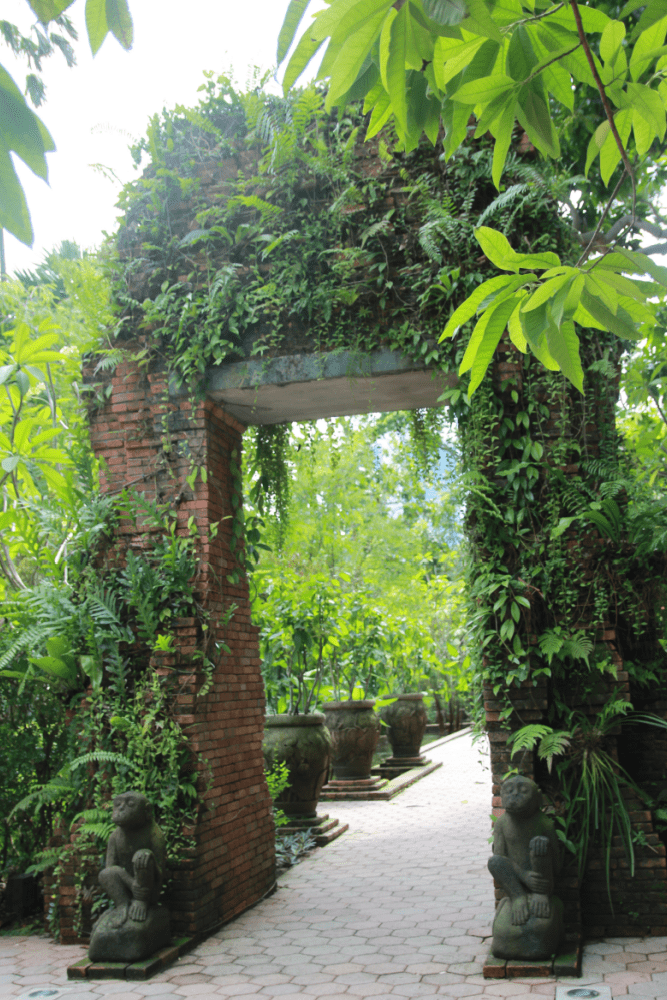
Fort Canning Park Singapore
Named after Sang Nila Utama, Singapore’s legendary first king, the garden commemorates his 13th-century encounter with a lion, inspiring the city’s name.
The garden’s mythical tale lets visitors travel back to the 14th century and experience the beauty of Southeast Asian gardens.
9. Raffles Garden
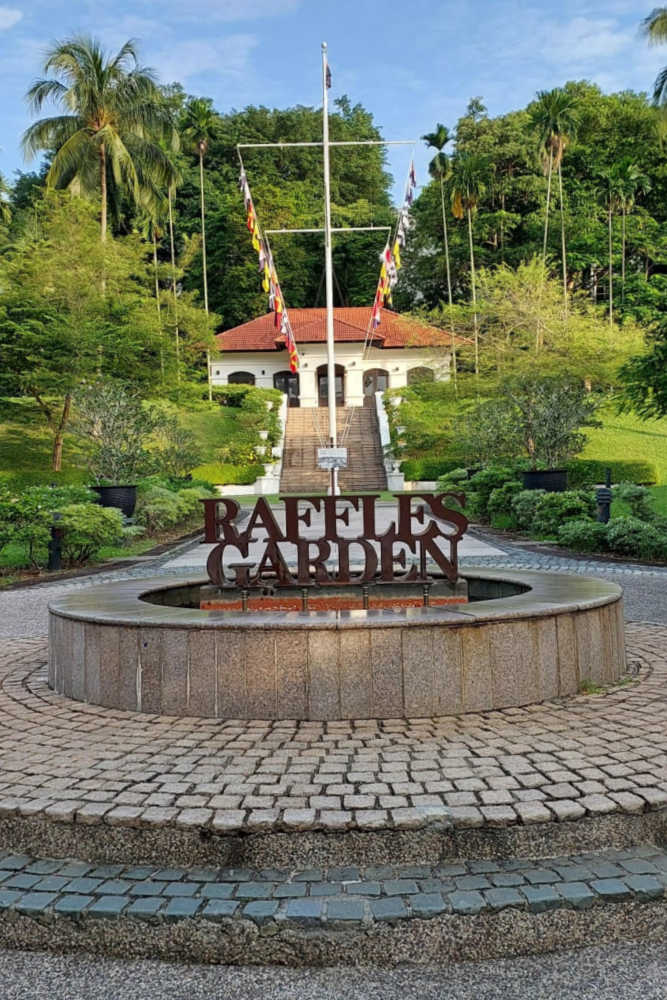
This garden is named after Sir Stamford Raffles, the founder of modern Singapore, who was a key historical figure and a nature enthusiast.
The Raffles Garden highlights the various plants he discovered and loved in Southeast Asia, featuring species he studied or planted with his naturalist friends.
10. The Fort Canning Lighthouse
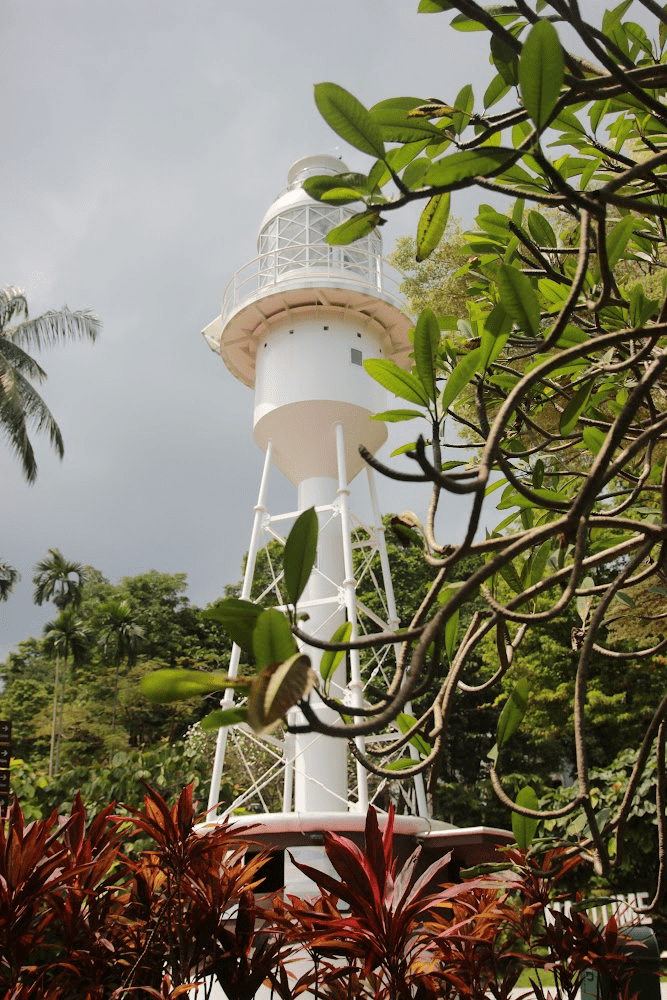
It served to guide ships to Singapore Harbour and survived the Second World War.
Still, due to new tall buildings obstructing its visibility from the sea, it was eventually closed and dismantled in December 1958.
Recognizing its historical importance, the Singapore government later built a replica near its original location.
11. Pancur Larangan
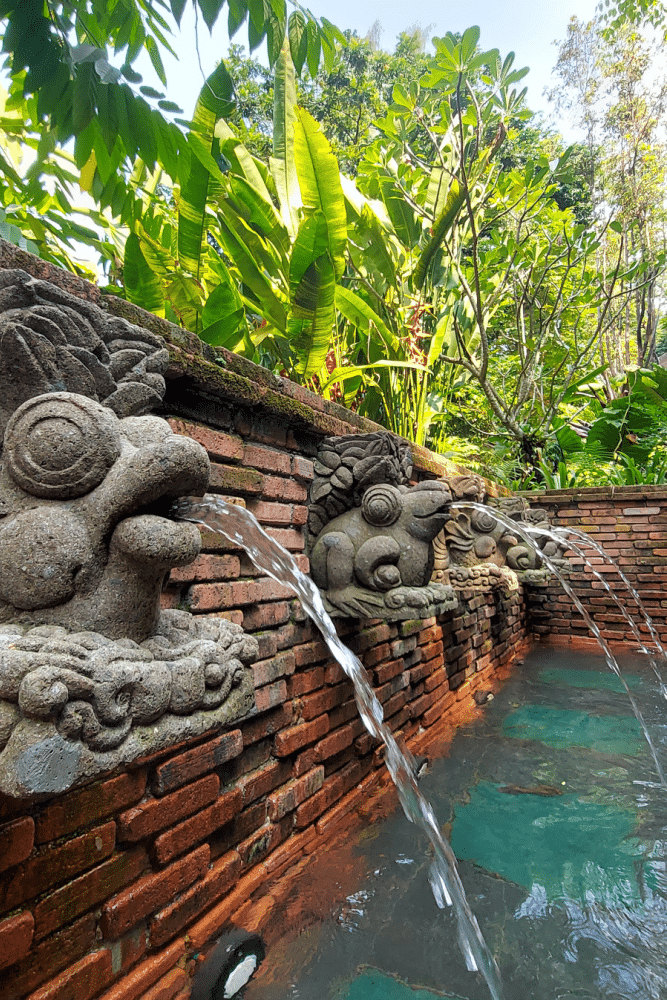
The Forbidden Spring, or Pancur Larangan, used to be where the king’s wives and consorts took baths.
It was a privileged source of fresh water. Ascending the hill without royal permission was forbidden by the locals.
It has been reconstructed with water fountains and beautiful stone murals to depict the significance of water to the site back in the day.
12. Sultan Iskandar Shah Shrine
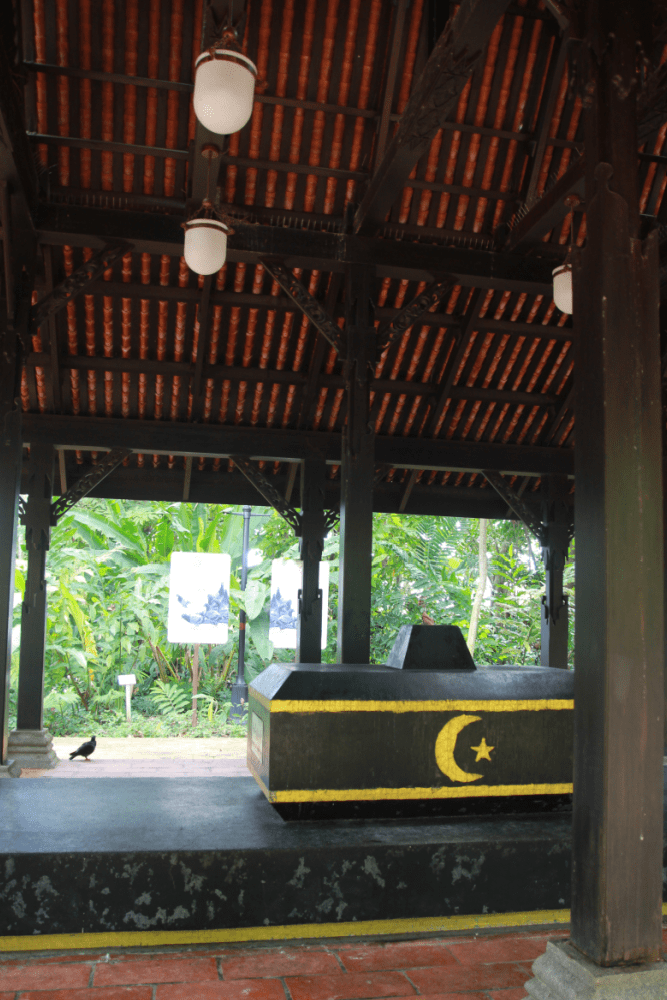
Sultan Iskandar Syah ruled Singapore in the 14th century. His shrine, known as a keramat, honors him.
The current structure was built in the 1990s, but has older origins and has been renewed many times.
“Keramat” means sacred in Malay. A star and crescent moon beside the shrine symbolize Islam.
13. The tombstones of Fort Canning
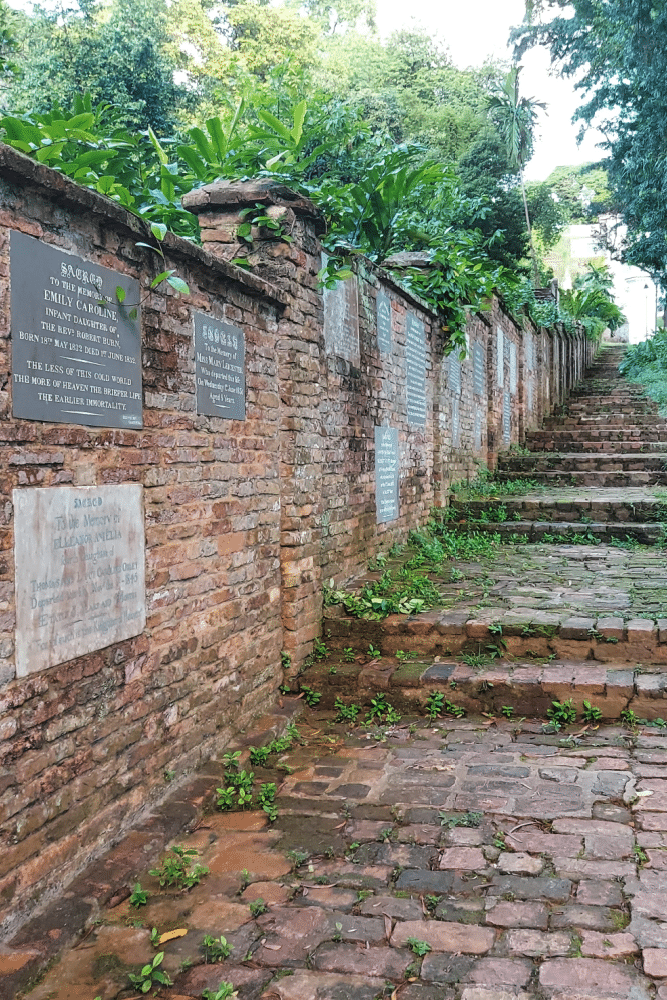
Fort Canning Park Singapore
Amid the plants, a wall hides stairs and tombstones with English and Scottish names. These unfortunate Christians died young, far from home.
Founded in 1845 by Bishop Daniel Wilson of Calcutta, the Government Hill Cemetery closed in 1860. In 1950, tombstones were embedded in the wall, and remains were exhumed.
14. Gothic Gateway
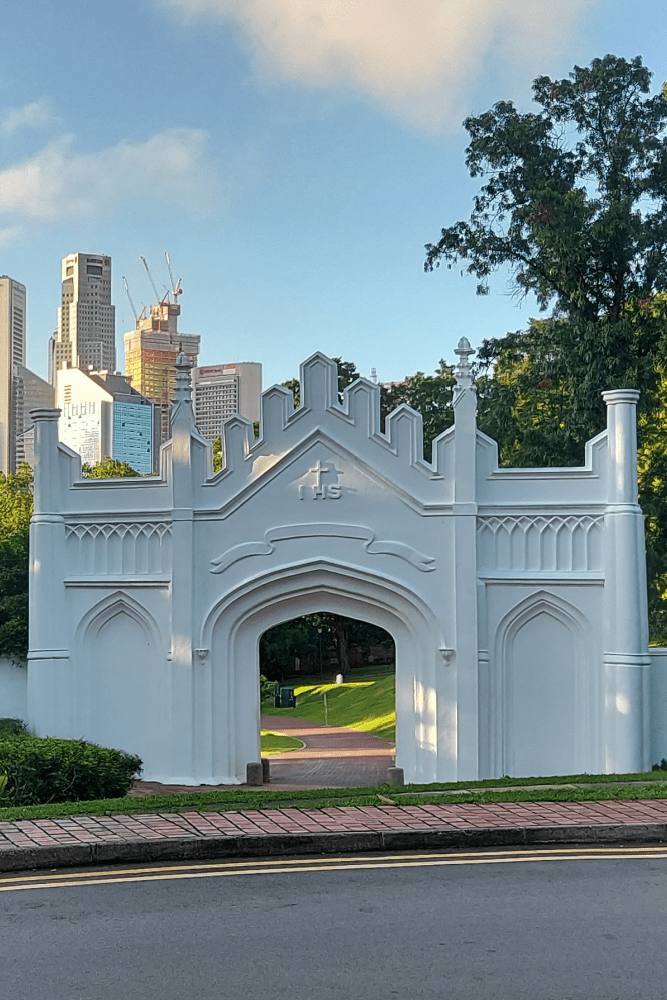
The Gothic gate, designed by Charles Edward Faber, is a notable entrance to the former Christian Cemetery at Fort Canning. This historical landmark adds to the park’s rich heritage.
Admire the intricate design as you enter, reflecting the area’s colonial past.
The gate sets the tone for exploring Fort Canning’s blend of history and nature.
15. Heritage Trees
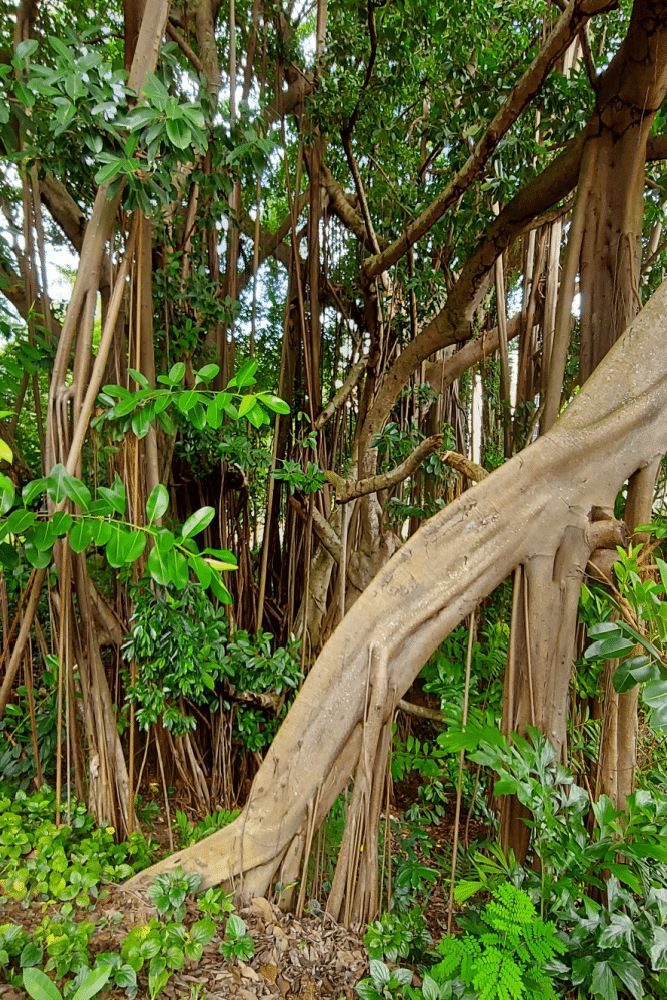
Aerial Root Tree
Take your time to appreciate the Heritage trees in Fort Canning.
Each tree in the park has its own majestic and unique tale.
As you stroll through, watch for these remarkable heritage trees.
These trees hold cultural, historical, or ecological significance, making them invaluable treasures protected by law.
End of the walking itinerary
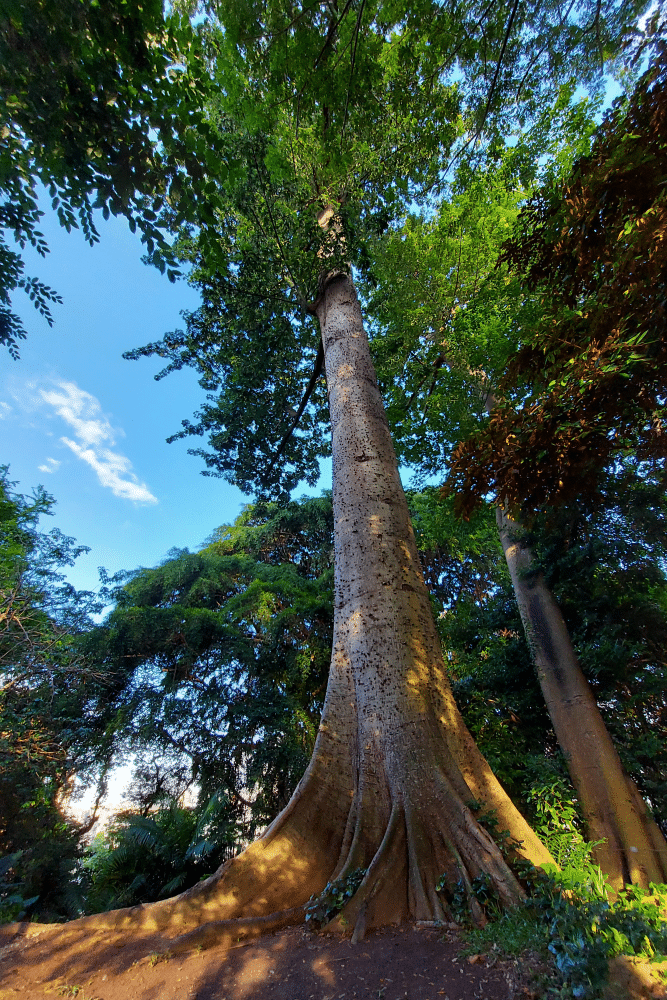
Terap Tree Fort Canning Park Singapore
After exiting the Gothic Gate, head to the Fort Canning Tree Tunnel, descend the stairs, and walk to Dhoby Ghaut MRT station.
Other attractions to see in Fort Canning Park Singapore
Tiong Bahru Bakery
Tiong Bahru Bakery in Fort Canning offers delicious pastries and coffee in a lush, green setting. It’s the perfect spot to relax and enjoy a treat.
The cozy atmosphere and tasty baked goods make it a must-visit for locals and tourists exploring the park.
Fort Canning Playground
The Fort Canning Playground is a delightful area for children to play and explore. It features engaging equipment and plenty of space for active fun.
Parents can relax nearby while kids enjoy a safe and exciting environment, making it a fantastic, family-friendly spot in the park.
FAQ
Yes, entry to Fort Canning is free, and its expansive layout allows you to explore at your own pace from various points.
Yes, Fort Canning is open 24 hours daily, making it accessible anytime.
While riding a bike in the surrounding area is possible, it’s not recommended within Fort Canning due to its many stairs, climbs, and descents.
You can have picnics; There are great picnic spots near the Gothic Gate. They also occasionally have shows and open-air cinemas.
Yes, Tiong Bahru Bakery, with its famous croissants and breakfasts, even accepts pets! And “Le Jardin” which is more romantic and sophisticated.
Thank you for reading this article about Fort Canning Park, a hidden green escape in Singapore’s City Center.
If you are interested in other hikes in Singapore, please look at my comprehensive guide, which contains my favorite hikes for all levels!
Discover More Hikes Across Singapore
Looking for more great trails? These hikes offer nature, history, and stunning views around the island.
This hike is part of our 10 Best Trails in Singapore
-
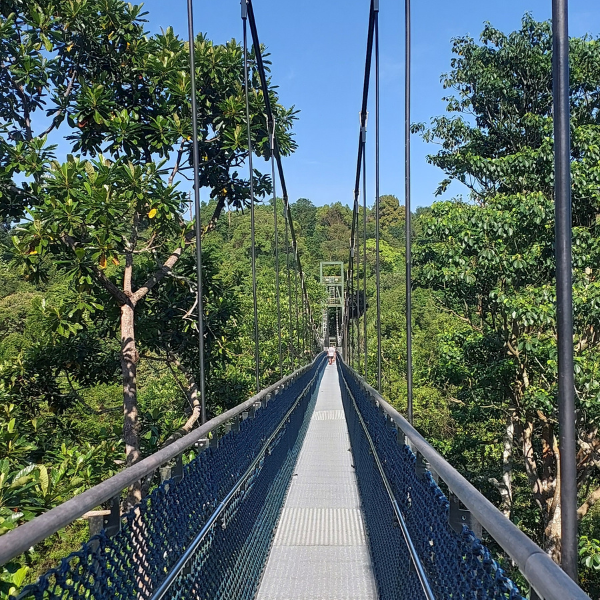 Windsor Nature Park – Tropical Forest & TreeTop Walk
Windsor Nature Park – Tropical Forest & TreeTop Walk -
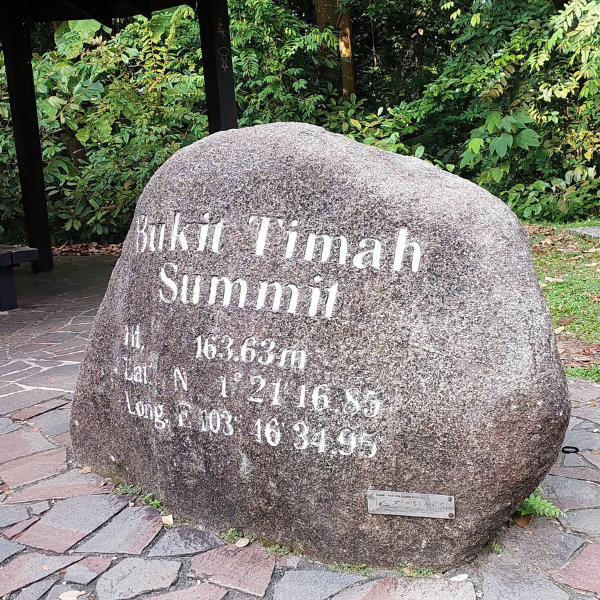 Bukit Timah – Singapore’s Highest Peak
Bukit Timah – Singapore’s Highest Peak -
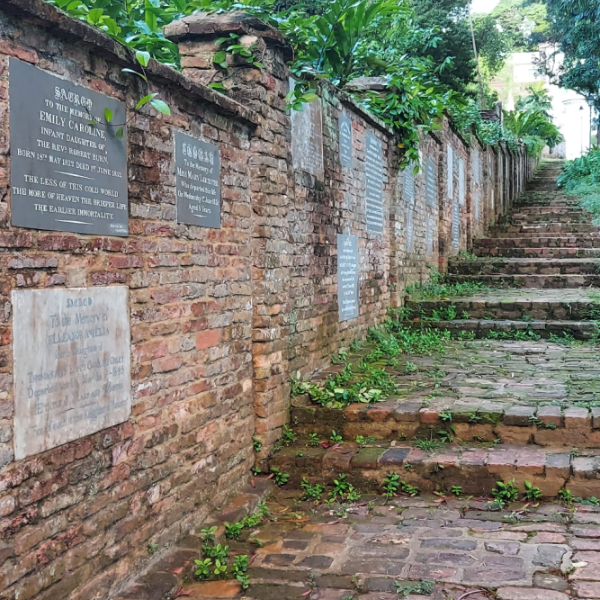 Fort Canning – History Among Nature
Fort Canning – History Among Nature -
 Botanic Gardens – Hidden Trails & Heritage Trees
Botanic Gardens – Hidden Trails & Heritage Trees -
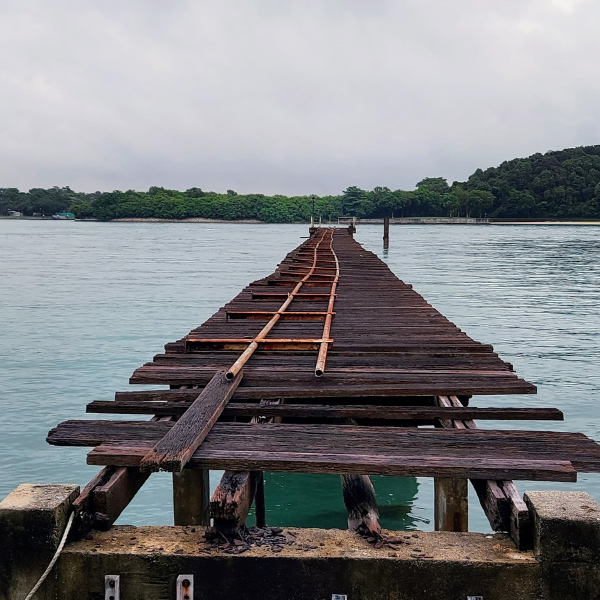 St. John & Lazarus Islands – Tropical Escape
St. John & Lazarus Islands – Tropical Escape -
 Bukit Brown – Forgotten Cemetery Trail
Bukit Brown – Forgotten Cemetery Trail -
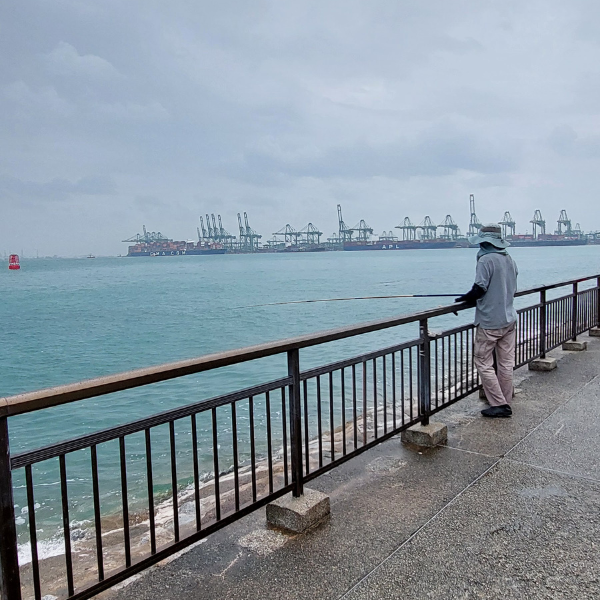 Southern Ridges to Labrador Park – Coast & Canopy
Southern Ridges to Labrador Park – Coast & Canopy -
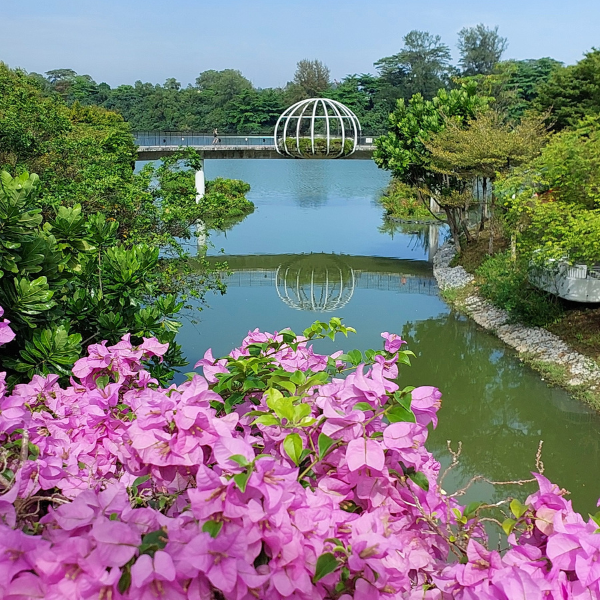 Punggol River – Village Remnants & Nature
Punggol River – Village Remnants & Nature -
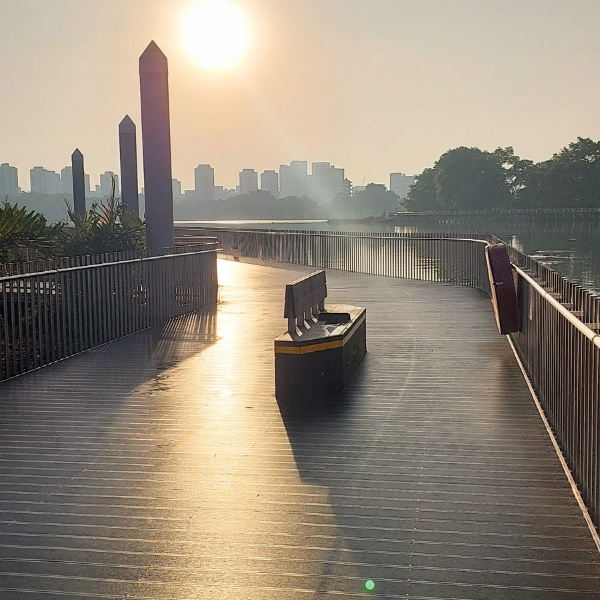 Jurong Lake Gardens – Lakeside Beauty
Jurong Lake Gardens – Lakeside Beauty -
 Sungei Buloh – Wetlands & Wildlife
Sungei Buloh – Wetlands & Wildlife
Pin this post
